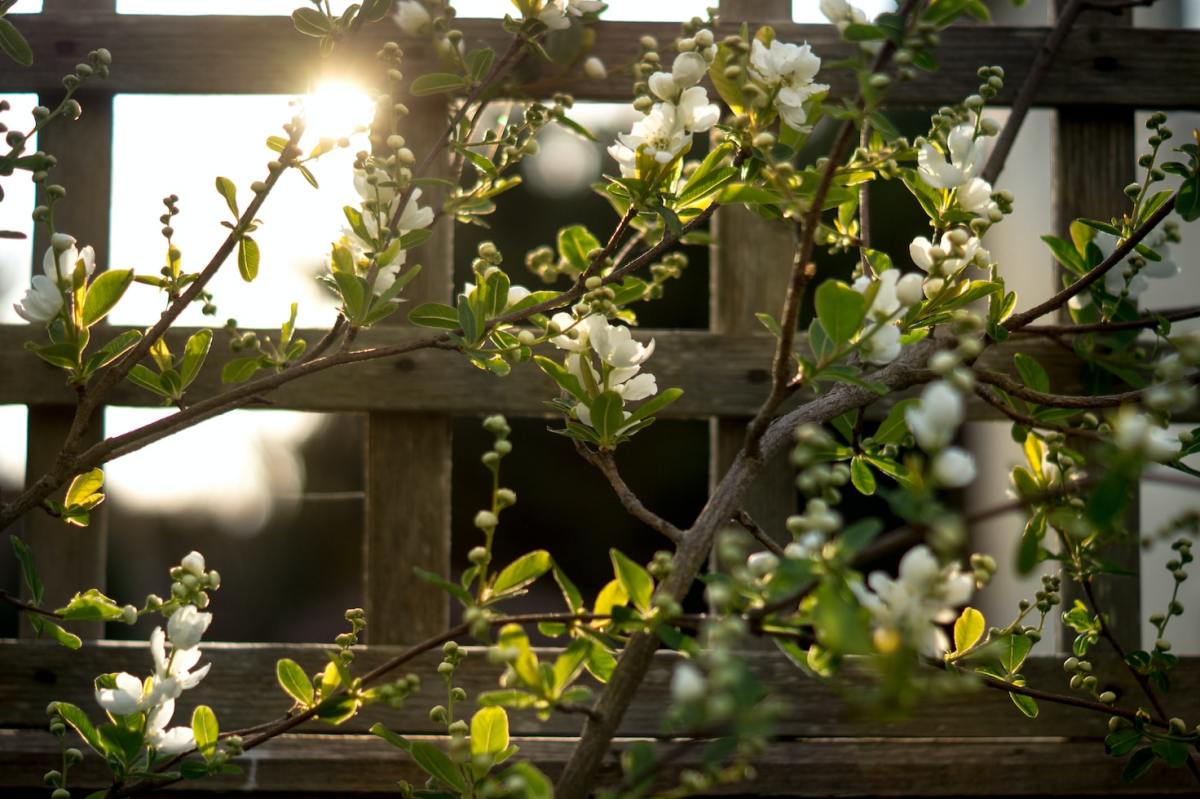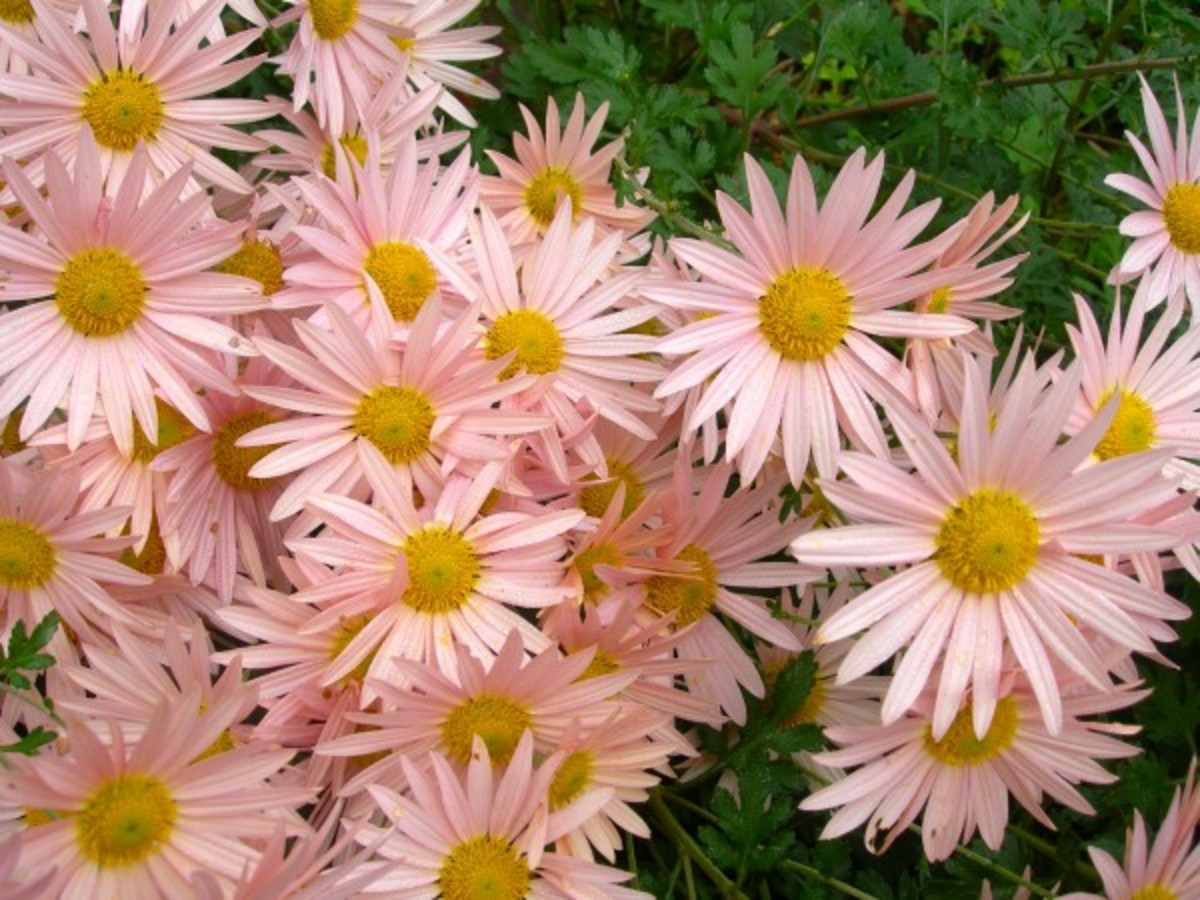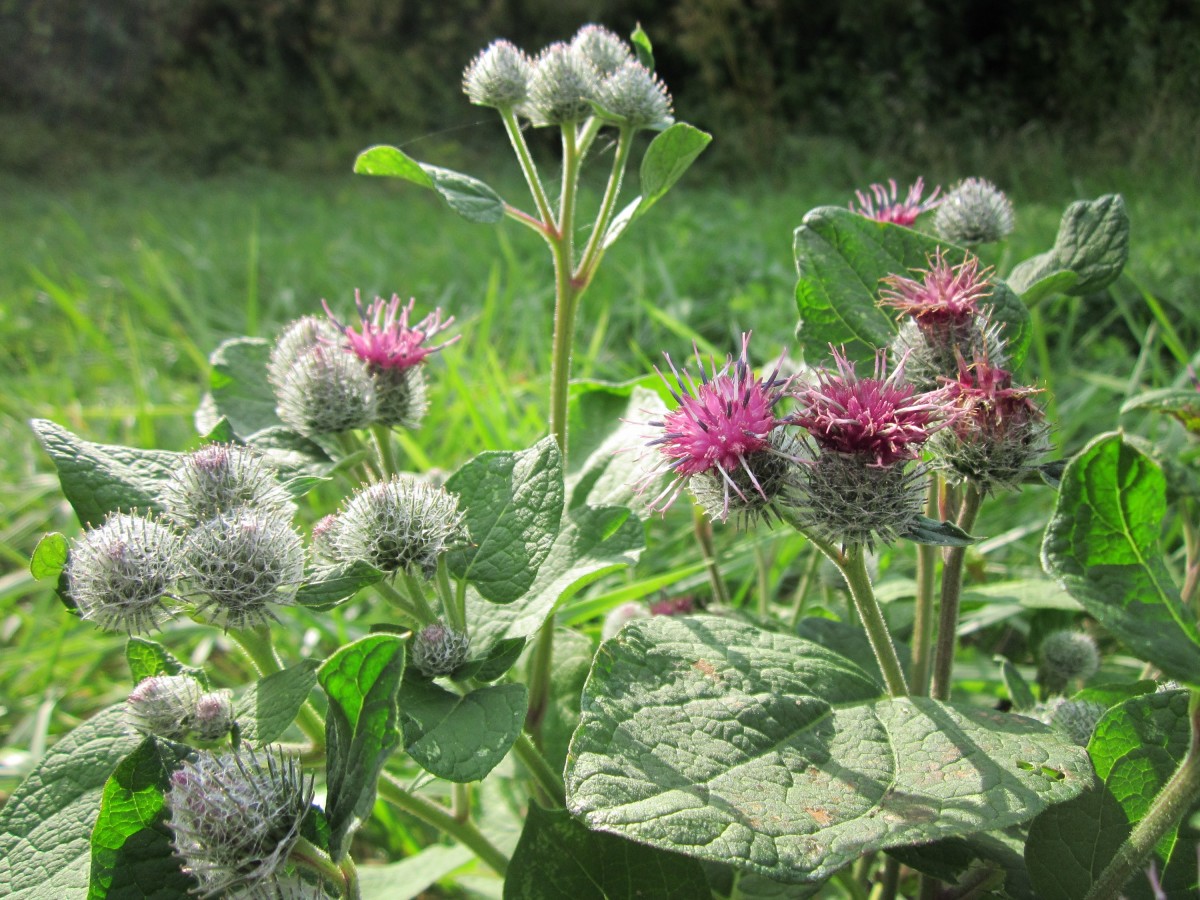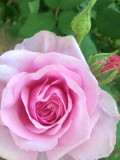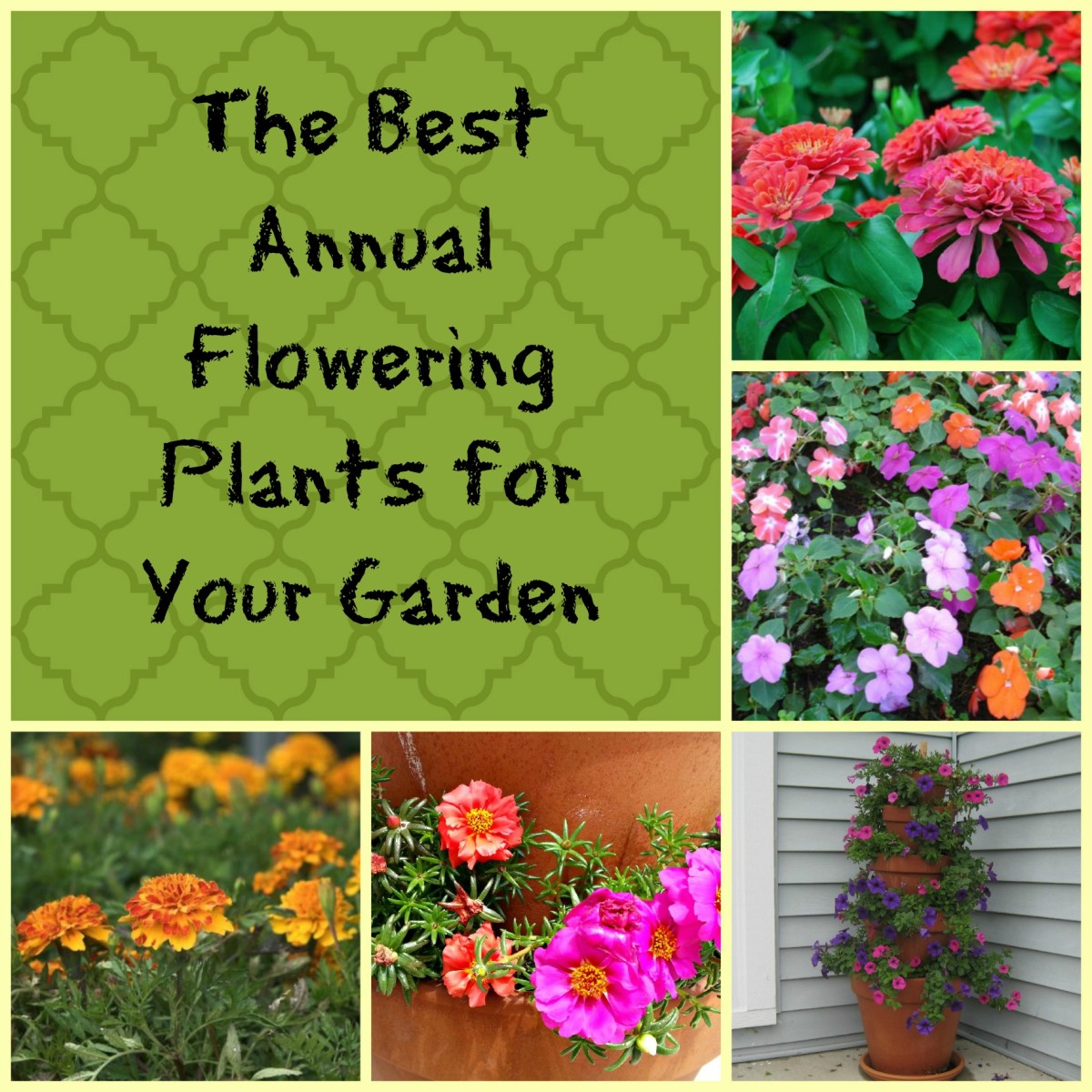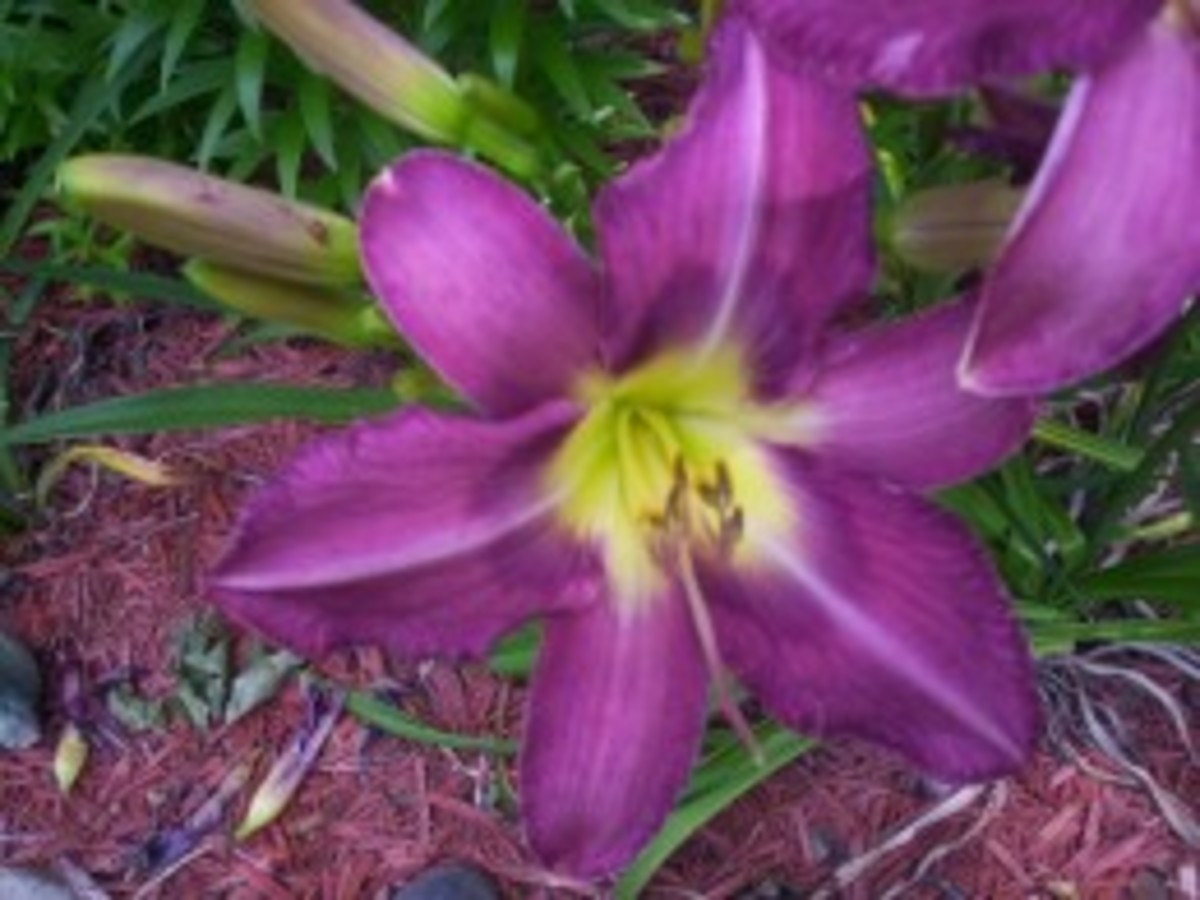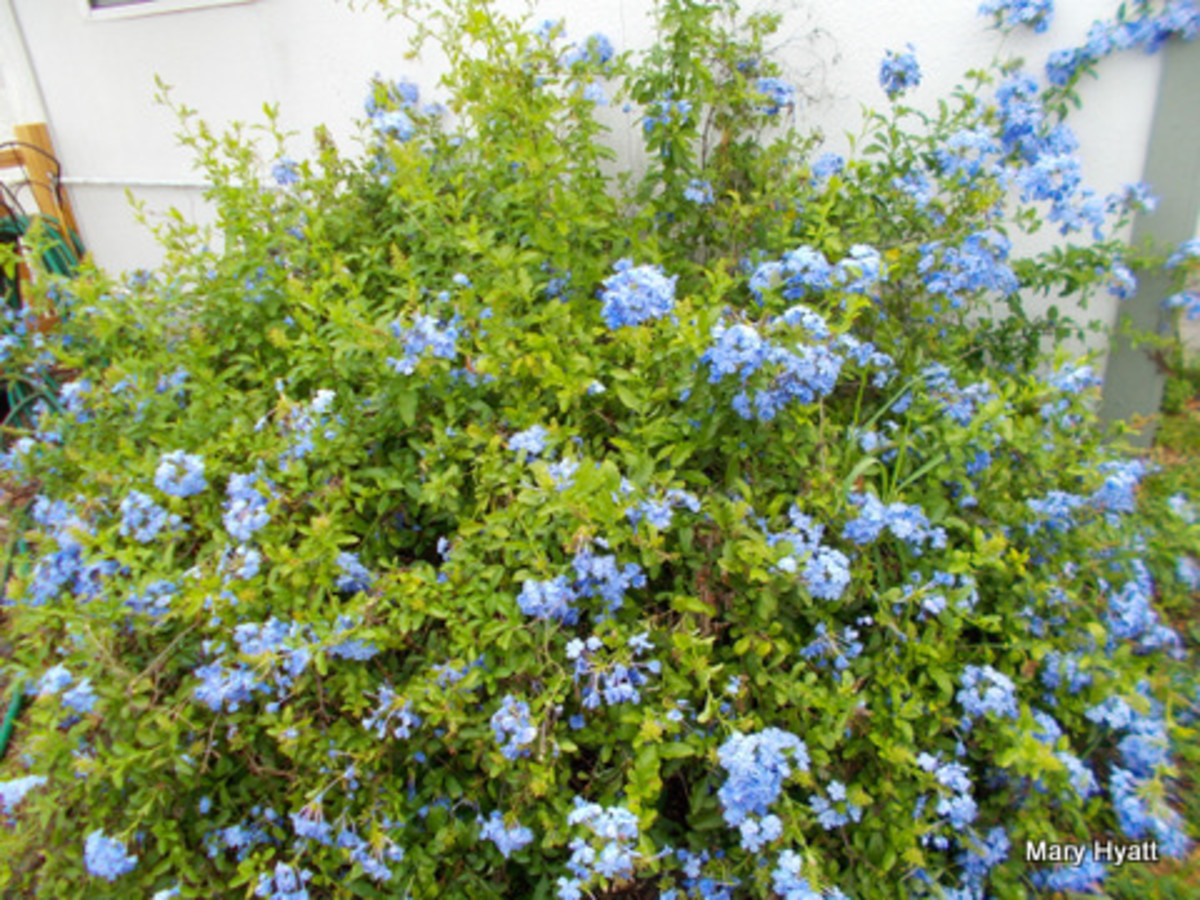Bachelor Buttons Growing Tips
Bachelor Buttons
Bachelor Buttons, cornflower or boutonniere (Centaurea Cyanus), is an annual flower that makes great choice to plant if you're just starting to learn how to grow flowers, or if you want to encourage your children or grandchildren to adopt and embrace the gardening habit. That's because there's little in the way of care once they start to grow.
Of course they're great for seasoned gardeners too, as they make terrific borders and are among the best for those who want to make everlasting dried flower arrangements, when measured by how easy to dry they are.
Depending on the variety of Bachelor Buttons you choose to grow, these prolific bloomers will grow anywhere from a foot to three feet high.
The best way to grow Bachelor Buttons is by sowing them en masse as borders, or to plant a bunch of them in a bed. In other words, the more they are bunched together the better they look.
Bachelor Buttons Bed
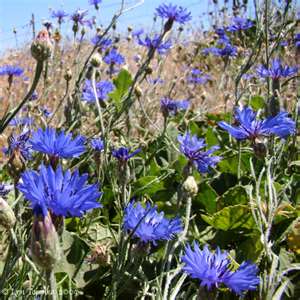
Flower Growing Tips
- How to Grow Extraordinary Petunias Throughout the Summer
For those who love to have beautiful and colorful homes and gardens throughout the summer, one of the easiest and most productive ways to do that is to plant petunias. There is no great amount of knowledge to have to be successful, and the... - How to Grow a Peony
Peonies are beautiful herbaceous perennial plants which can grow anywhere from about a 18 inches tall to 5 feet tall. Those that are identified as "tree" peonies grow from 5 feet tall up to 10 feet tall. What is very appealing about - How to Grow Periwinkle or Vinca Plants
In this article we'll talk about periwhinkle, or vinca major and minor, which are also known as blue buttons, dwarf periwinkle, wintergreen, ground ivy, creeping vinca, death's flower, myrtle or creeping myrtle, among others. The myrtle... - How to Grow Great Geraniums
What is considered a very popular geranium we all know and recognize today, is in reality a pelargonium. Although that won't matter to most home gardeners who grow this wonderful flower, it is an interesting tidbit to know. In the 18th century... - How to Grow Amaryllis
Amaryllis are a gorgeous, bulbous flower which can be grown indoors or outdoors, with the majority of people that work with it preferring it more as an indoor flower, because that is where it appears to do the best. Other factors in relationship... - How to Grow Hyacinth
Hyacinth is the popular name for Hyacinthus, which is a type of flower grown from bulbs. Some gardeners confuse hyacinths with what are called grape hyacinths, which are grown from seed. Those little flowers emerge early in the spring, but are of...
Where to Plant Bachelor Buttons
Most gardeners will have success growing Bachelor Buttons in full sun, and they should be planted in a location providing that environment if at all possible. Even so, I've heard some gardeners say they've successfully planted Bachelor Buttons on the north side of the house, which wouldn't provide full some in most situations.
Bachelor Buttons also thrive in average soil, so it's not as important to get a prime location in that regard. They also do well under dry conditions. As with most flowers, finding a location that drains well is the most important factor for where to plant Bachelor Buttons.
When to Sow Bachelor Buttons
Depending on where you live, Bachelor Buttons seeds can be sown in the spring anywhere from one week to two weeks before the last expected frost date.
The more mild the climate the longer you can plant before the last frost, as these annuals can take a mild frost.
Also in more temperate climates you can sow them in the fall season for getting early blooms in the spring.
How to Sow Bachelor Buttons
If sowing Bachelor Buttons seeds, sow them about 1/4" in the ground at a spacing of approximately 1" apart. Eventually thin them from six inches to eight inches apart.
In the case of transplants you can sow them in a range of 6" to 8" between them. Start the transplants indoors about a month before the last frost date.
You will get blooms from early summer to early part of autumn. You'll get them to bloom through a frost if you sow them in a staggered manner over time.
Bachelor Buttons' Seed
If you have plans to have Bachelor Buttons in the same location in your garden year after year, all you have to do is allow strategic plants to die off naturally.
These flowers propagate themselves by dropping seeds, so keep some scattered throughout the area you want to grow them in until they die, as the next year you will have even more Bachelor Buttons throughout the area.
You could of course gather the seed on your own if you want more control over the situation.
They can also be dug up and placed where you want them located once they start to grow.
Either way, Bachelor Buttons grow plenty of seed for you to never have to buy them again if you choose not to, as long as you have the color you want.
Bachelor Buttons and Insects and Disease
Bachelor Buttons are pretty resistant to most insects and disease, although in wet weather they can contract mildew and blights.
Weaker plants can also make them susceptible to occasional insect problems.
Use normal procedures you would for other flowers to treat the insects or disease if they do occur.
Bachelor Buttons
Bachelor Buttons give off a quick bunch of blooms once they are established in the garden, and from there things diminish to a more consistent production process throughout the rest of the growing season. This will even continue past a light frost for the fairly hardy flowers.
This provides wonderful opportunities for cut flowers from early summer to the end of the fall months if you stagger-plant the Bachelor Buttons throughout the summer.
Colors that can be enjoyed growing Bachelor Buttons are primarily blue, but you can also acquire them in rose, red, maroon, lavender, pink and white.
Because they dry well, they can be used in dried floral arrangements, or you can use them in fresh flower arrangements as well. Years ago people used them for boutonnieres, which was a wildly popular fashion statement at the time. That's why Bachelor Buttons are still at times called "boutonnieres."
All of this and you still get to enjoy them as part of a colorful garden landscape.



